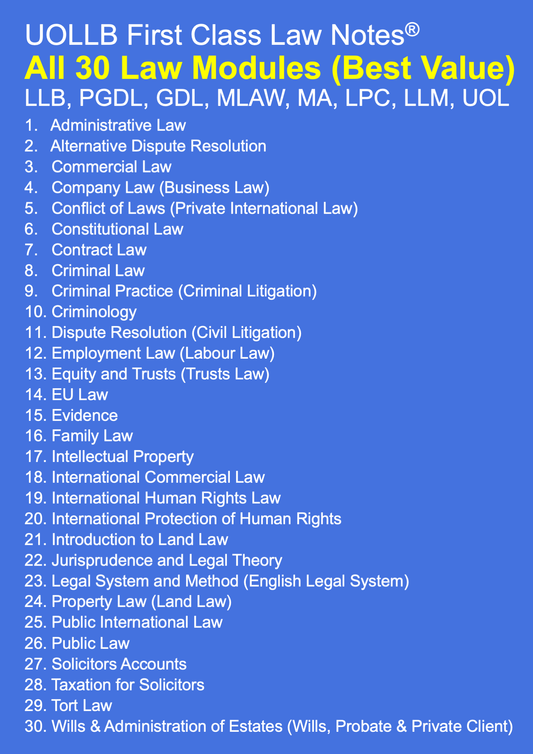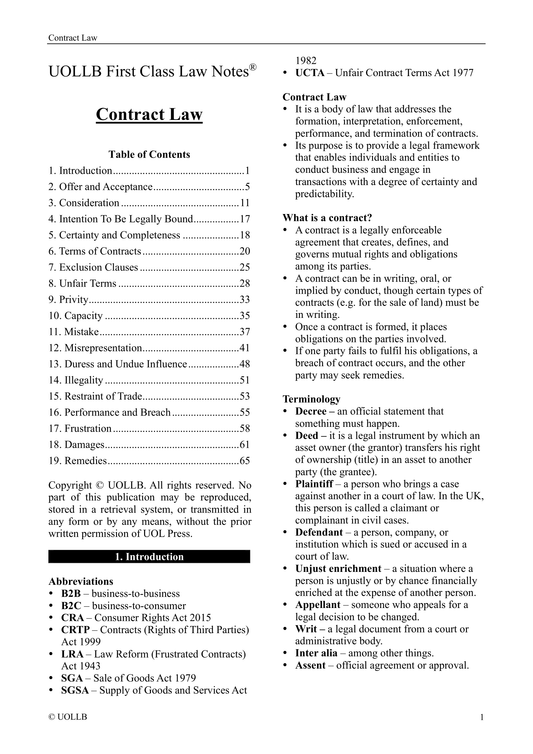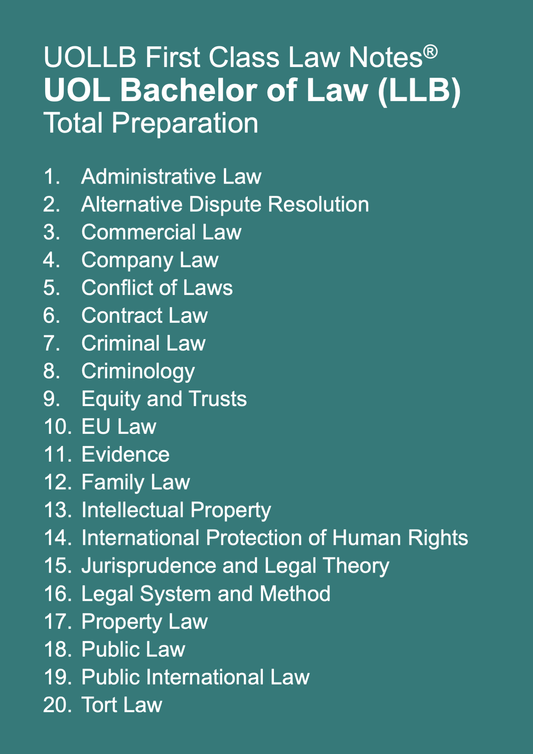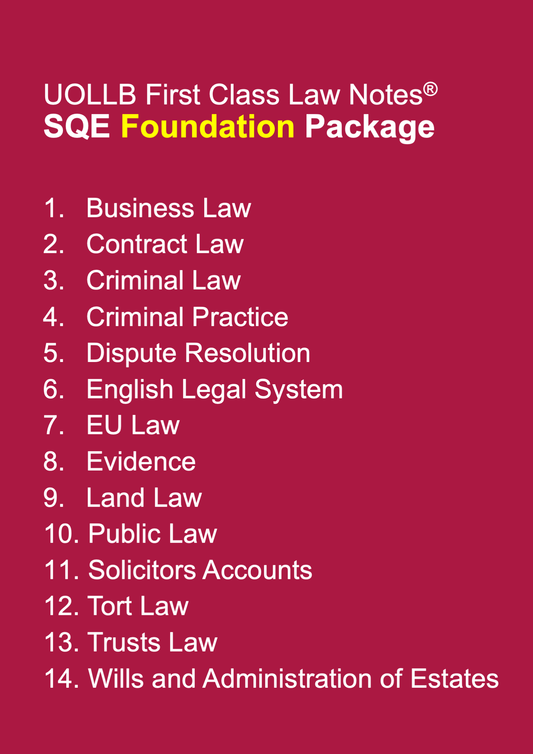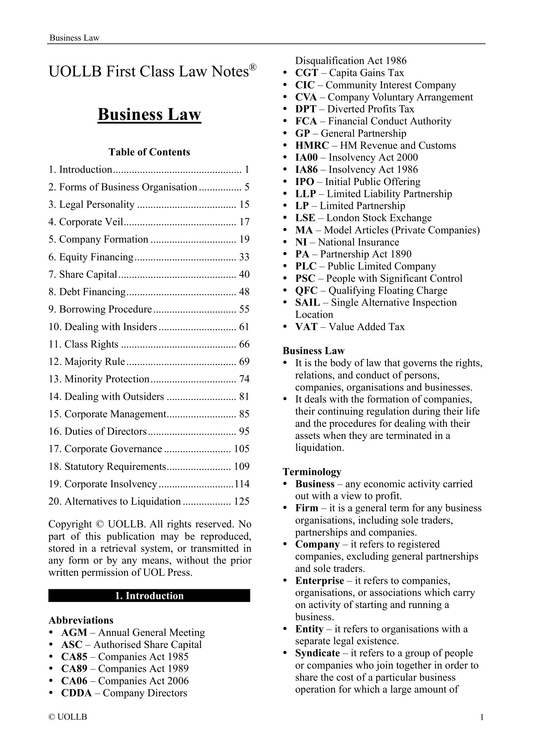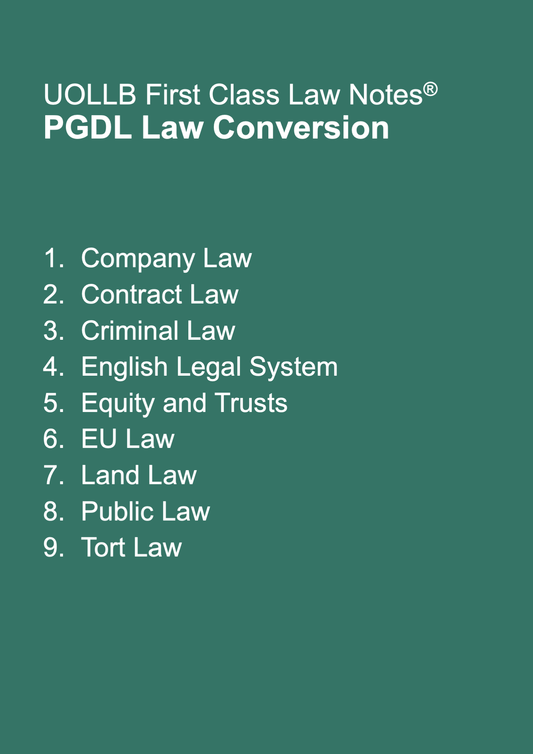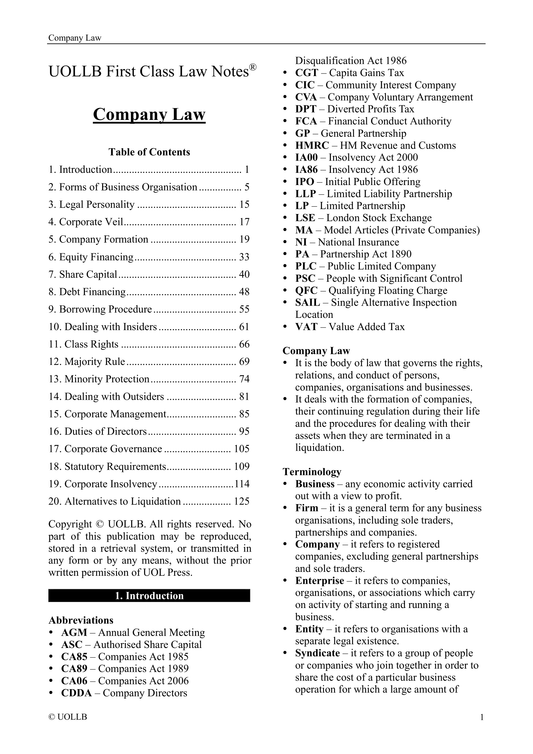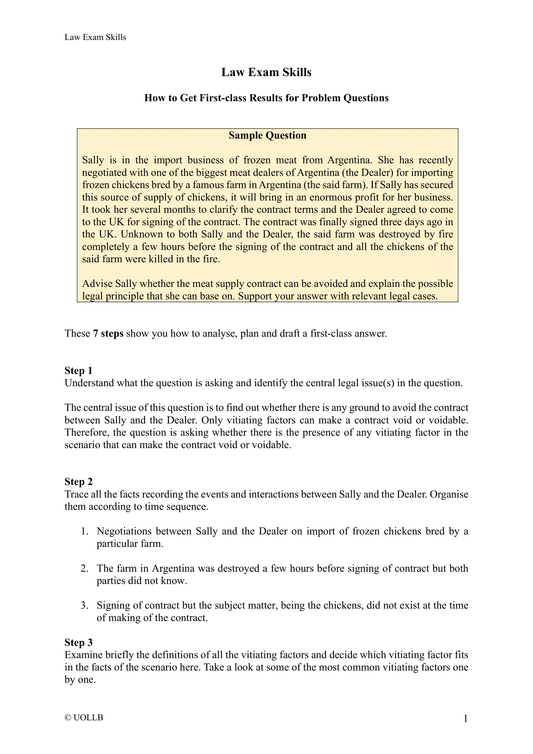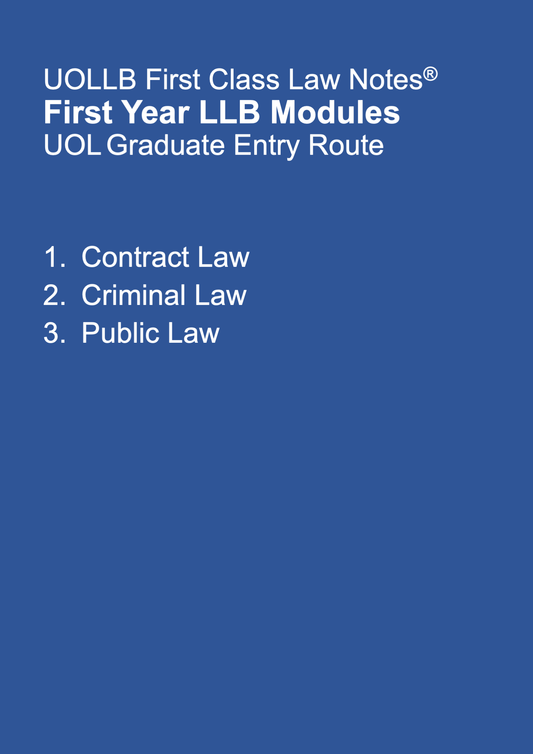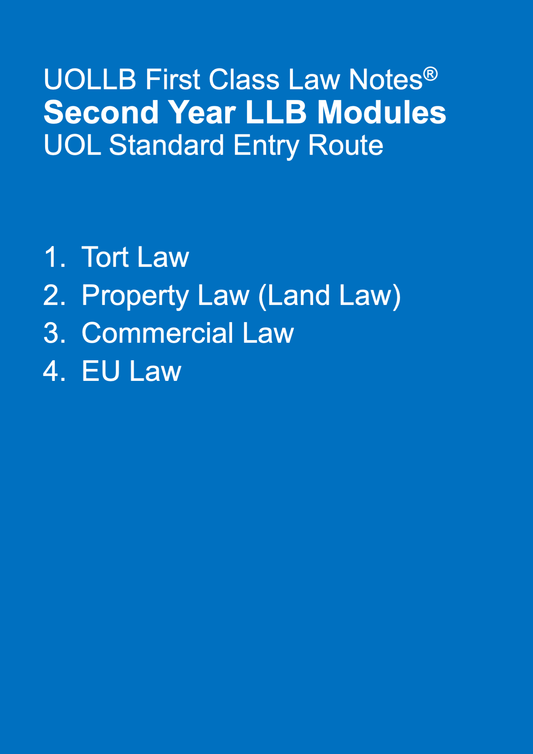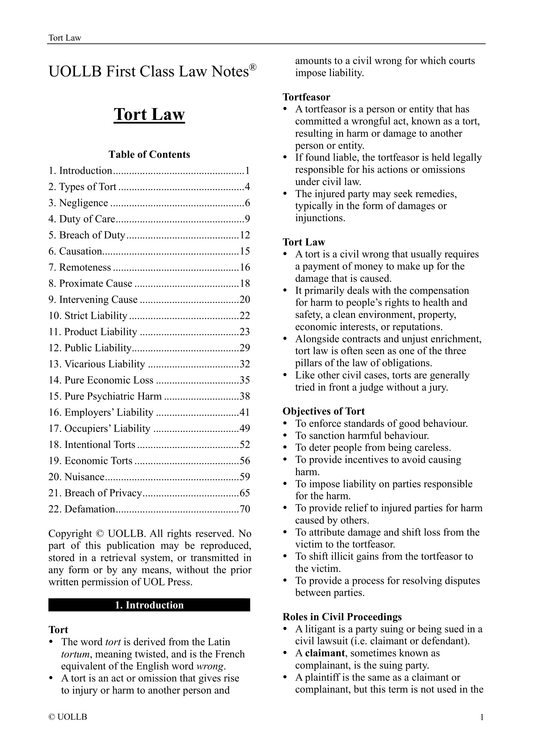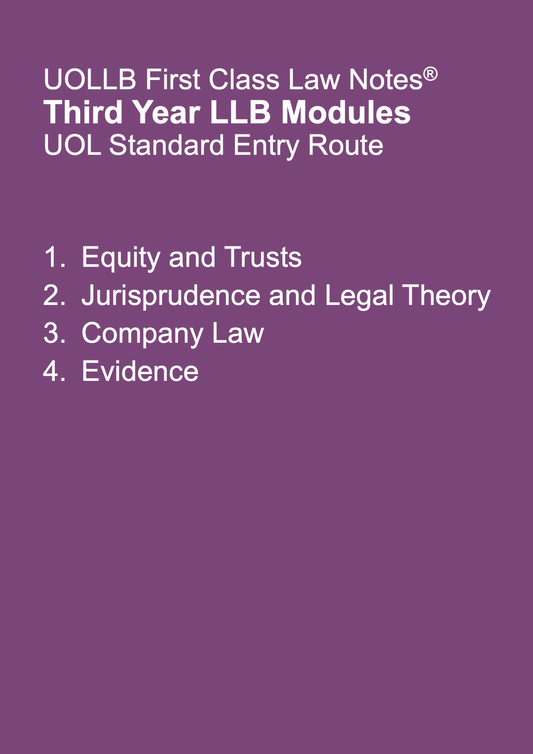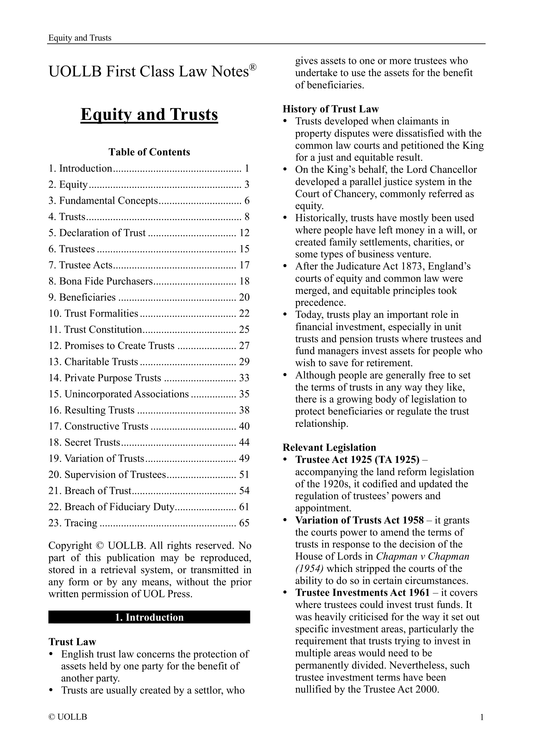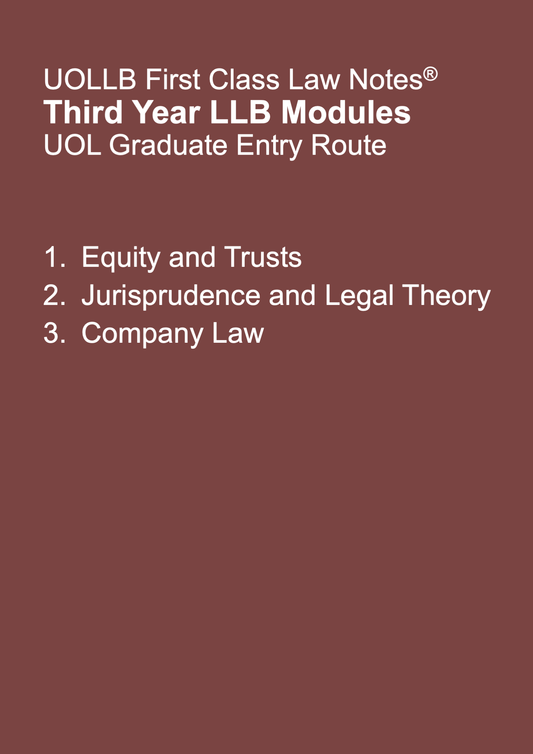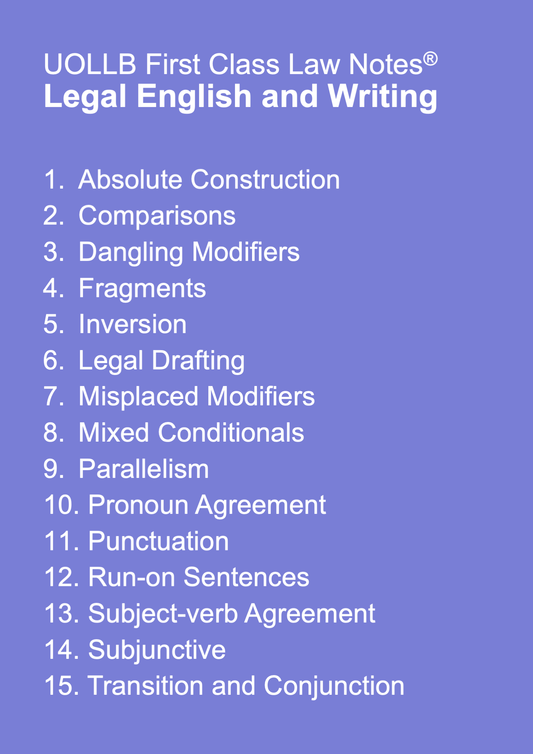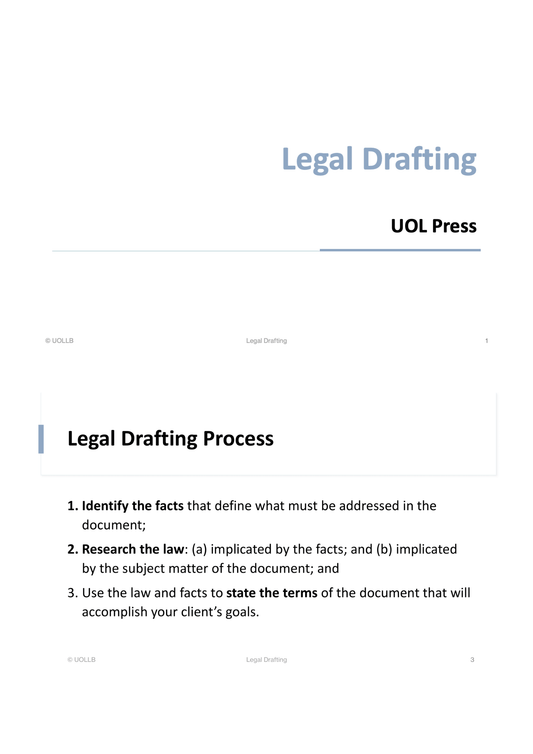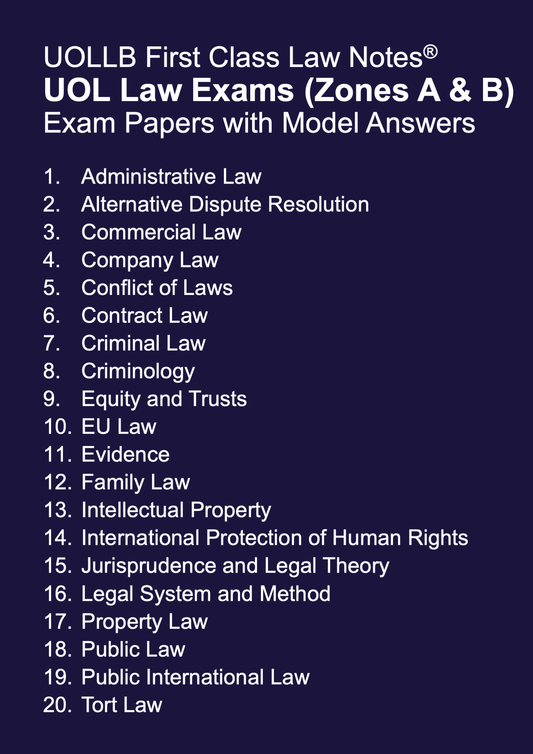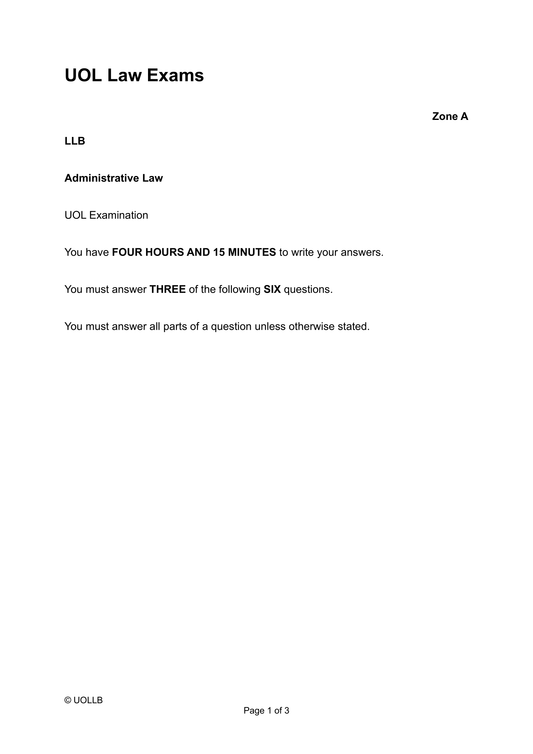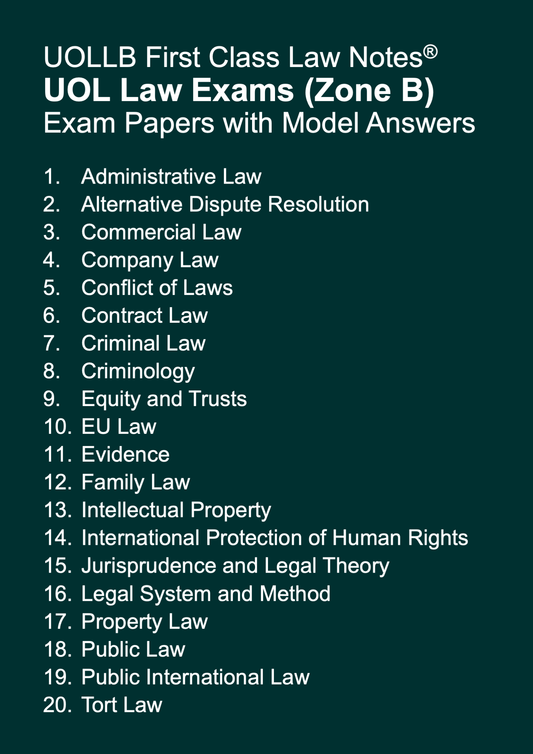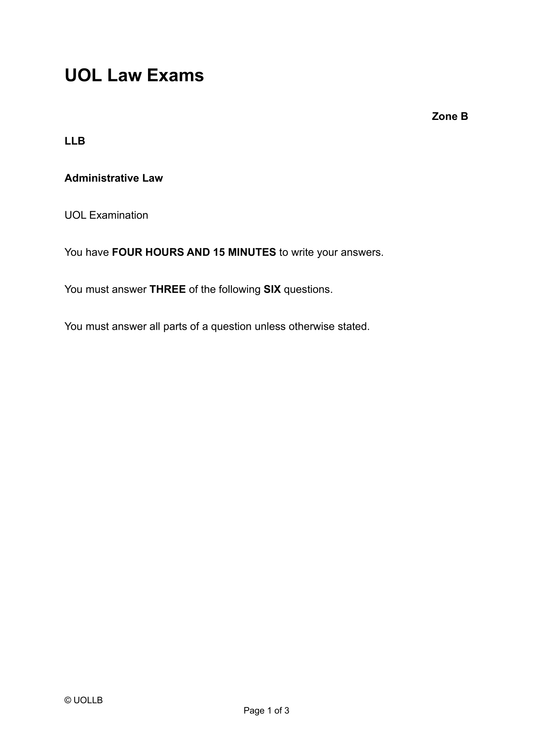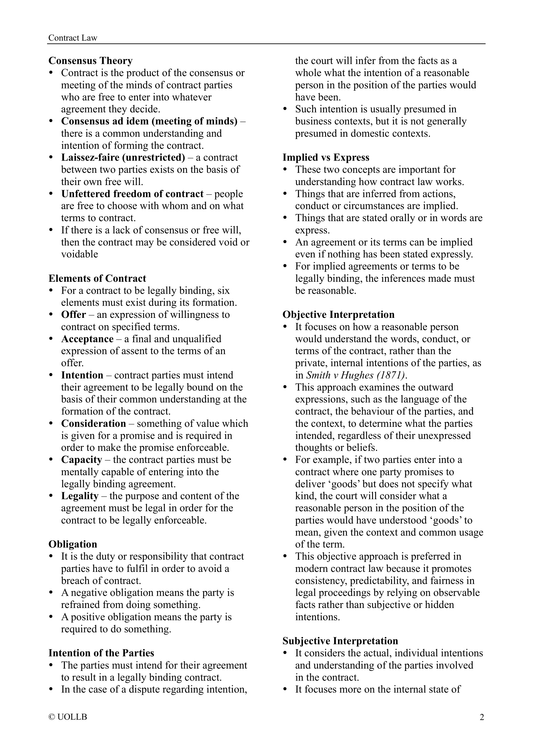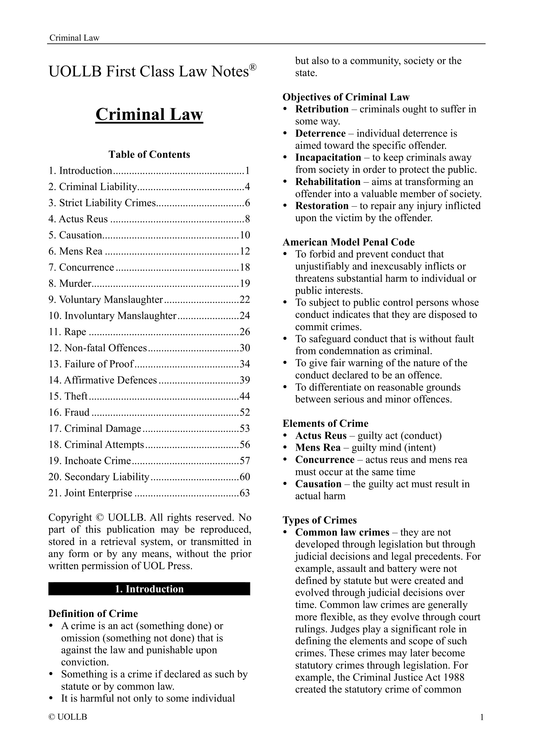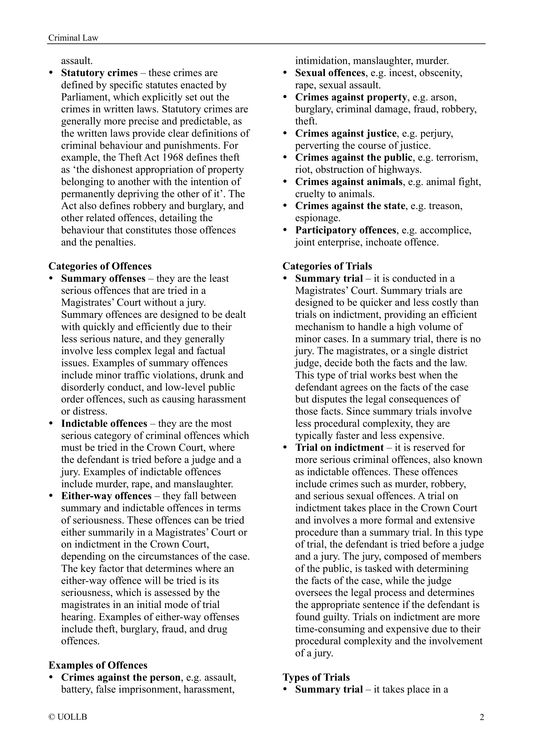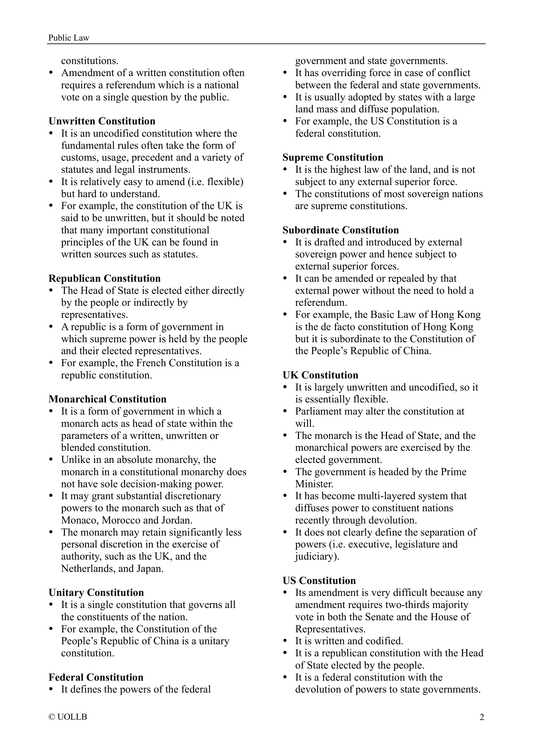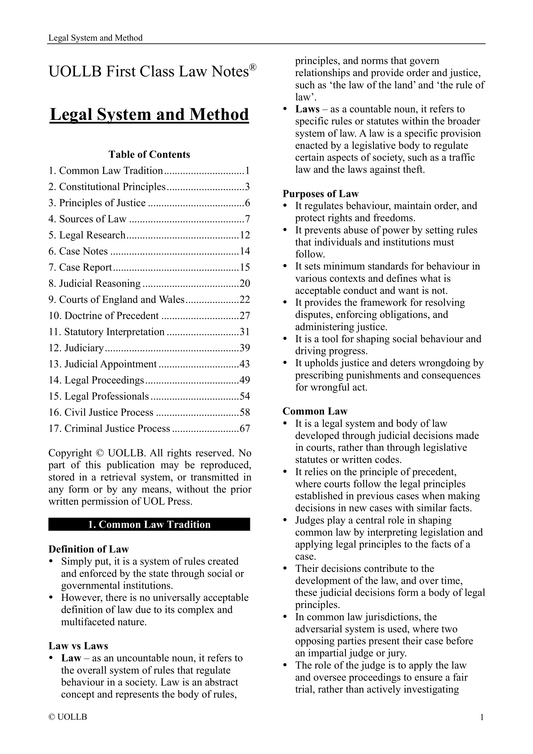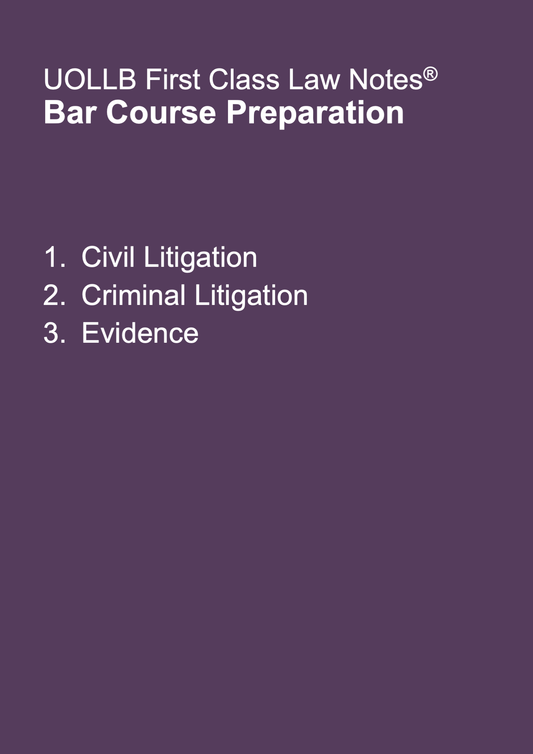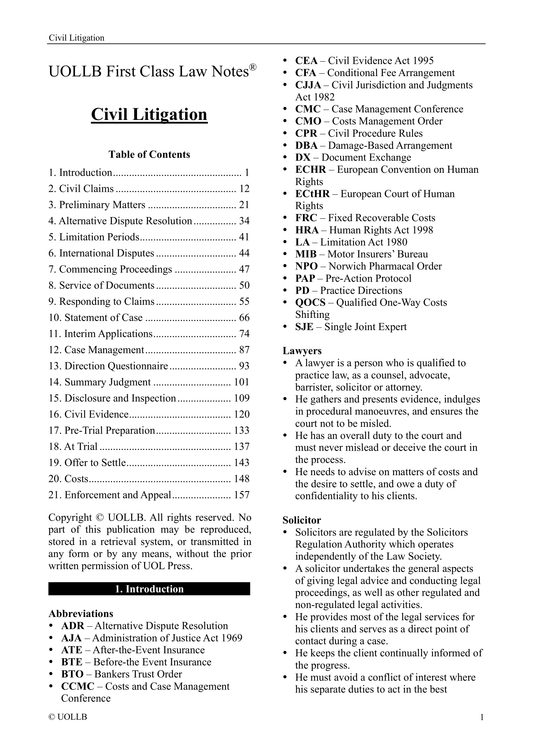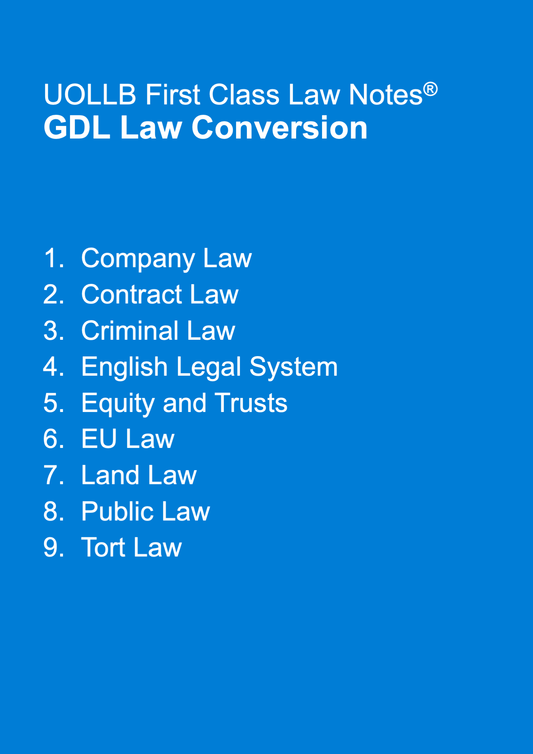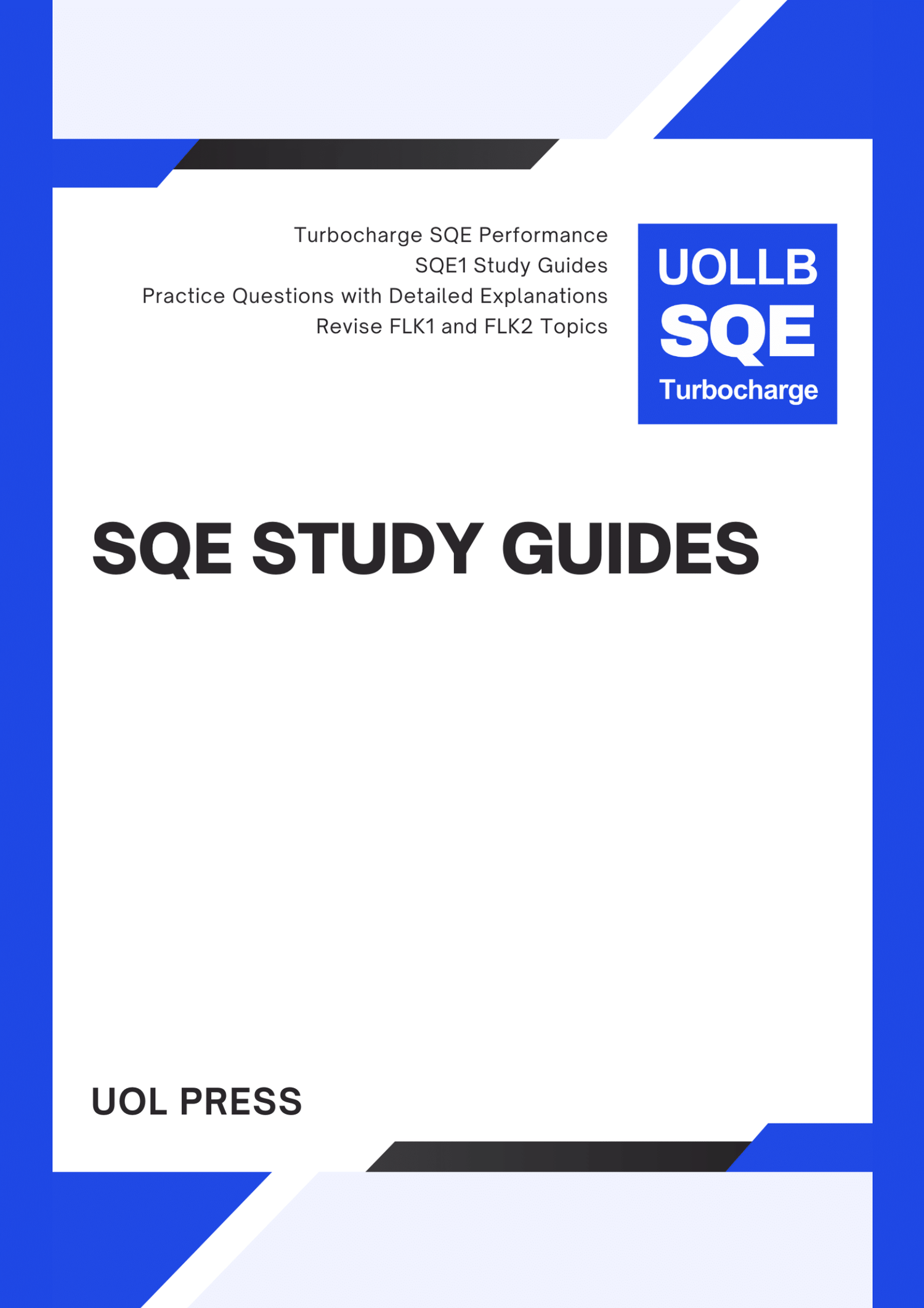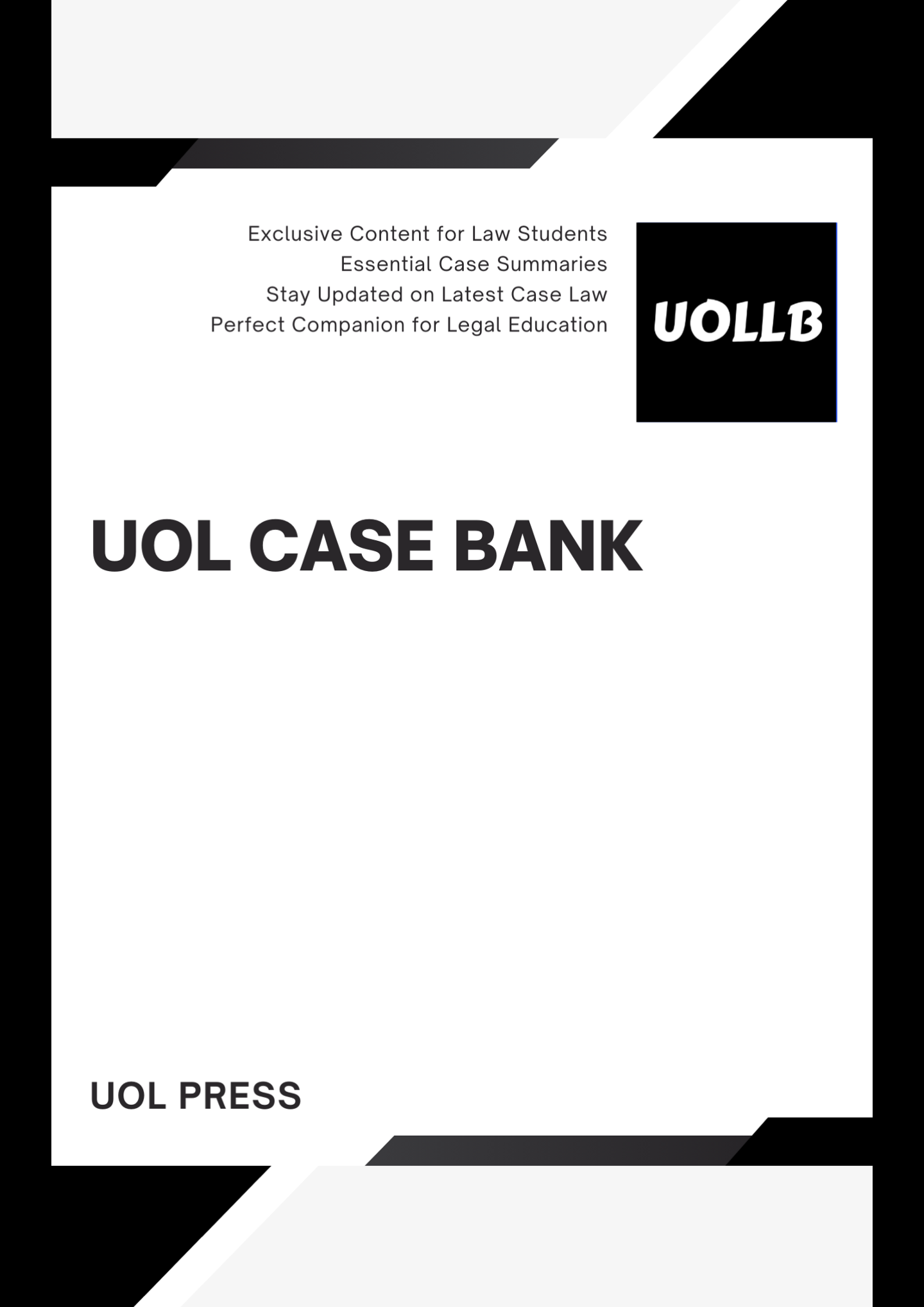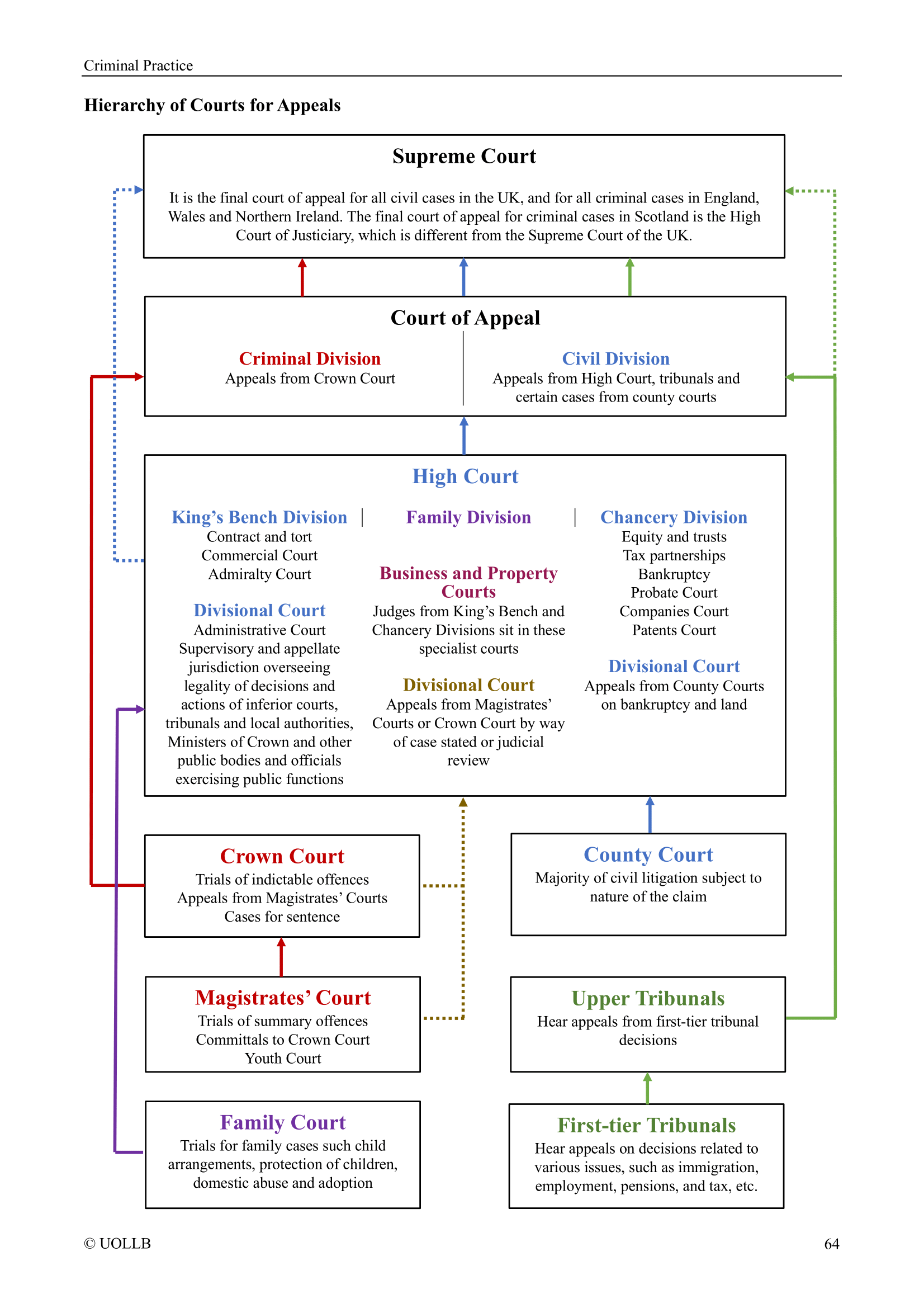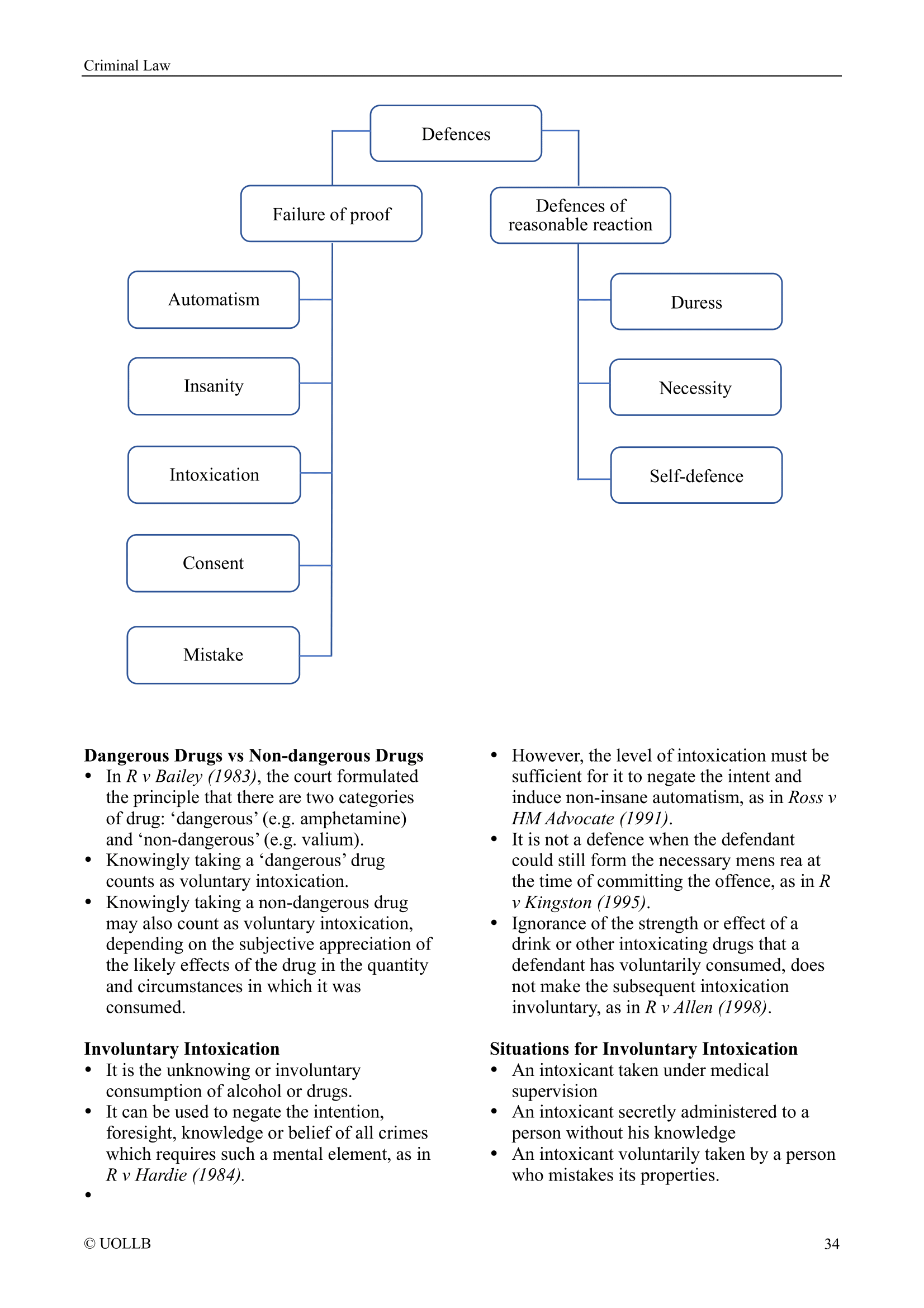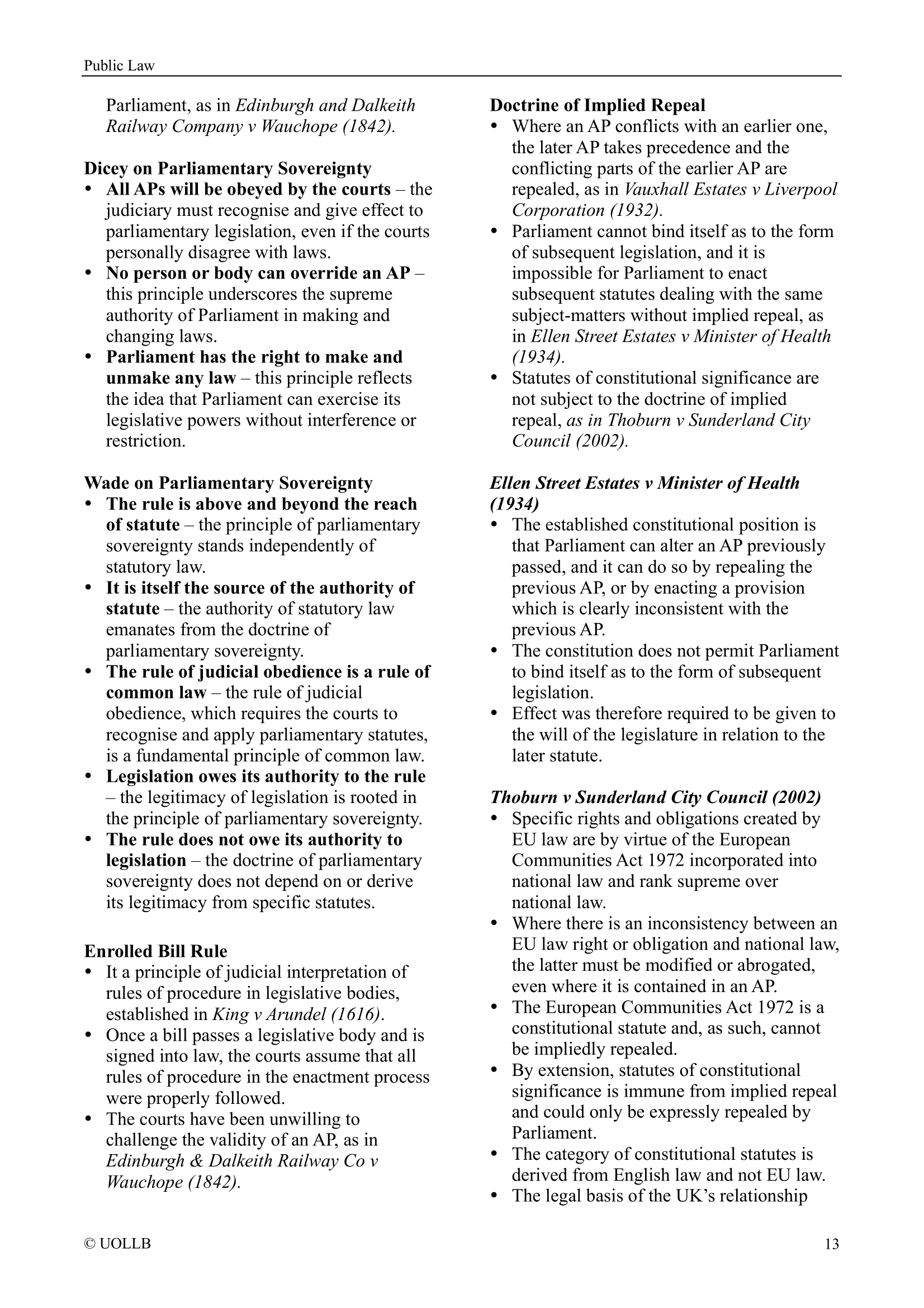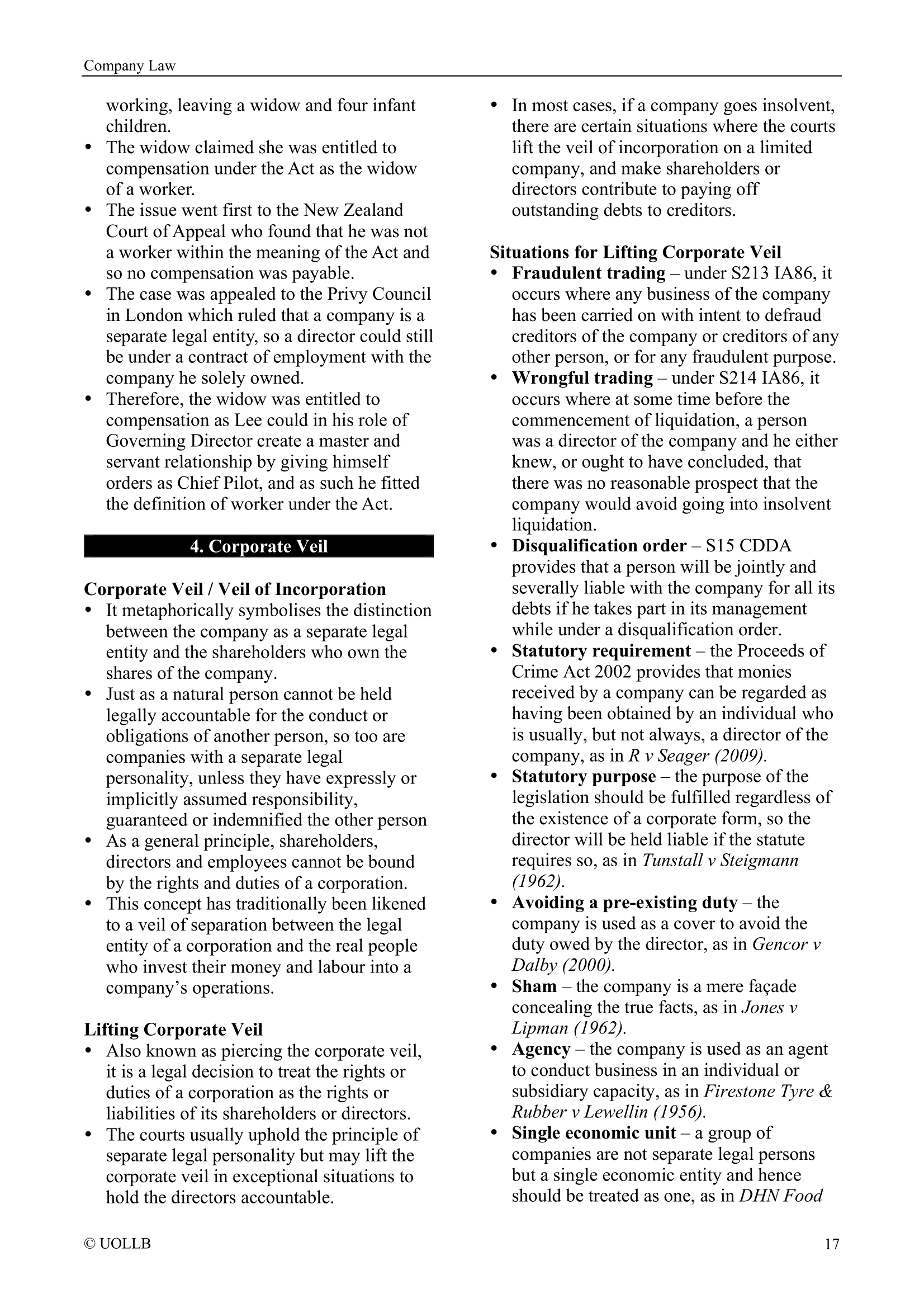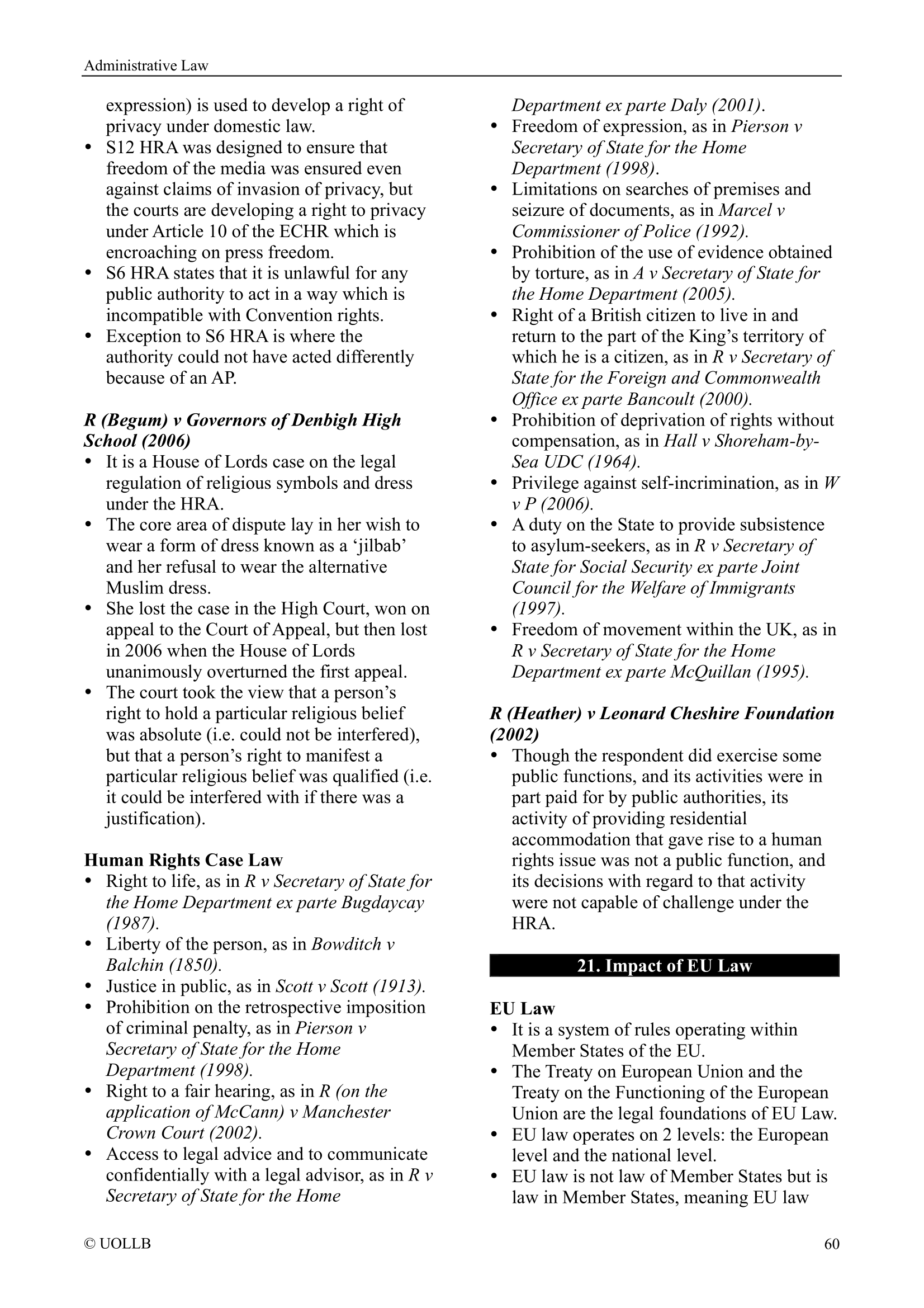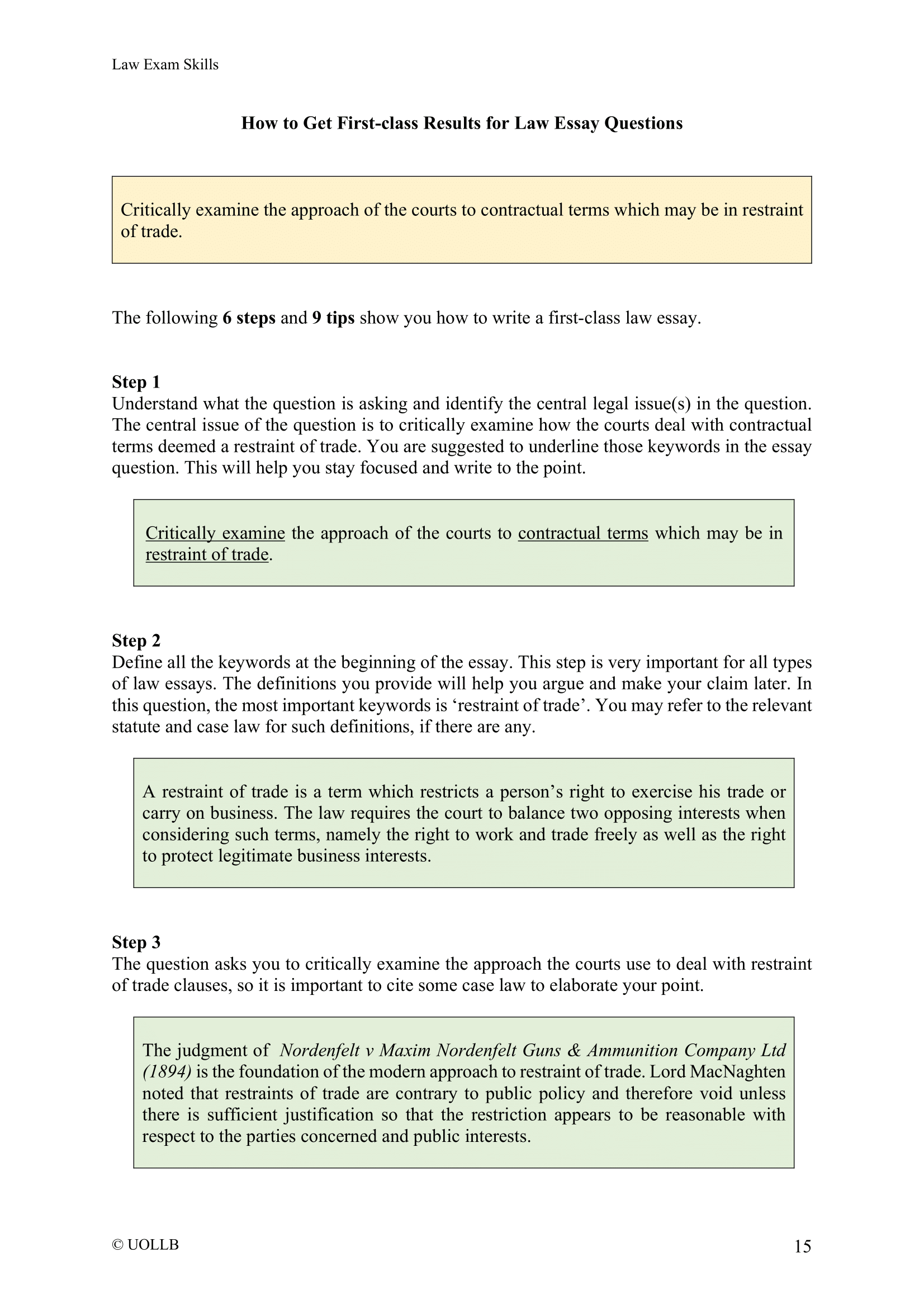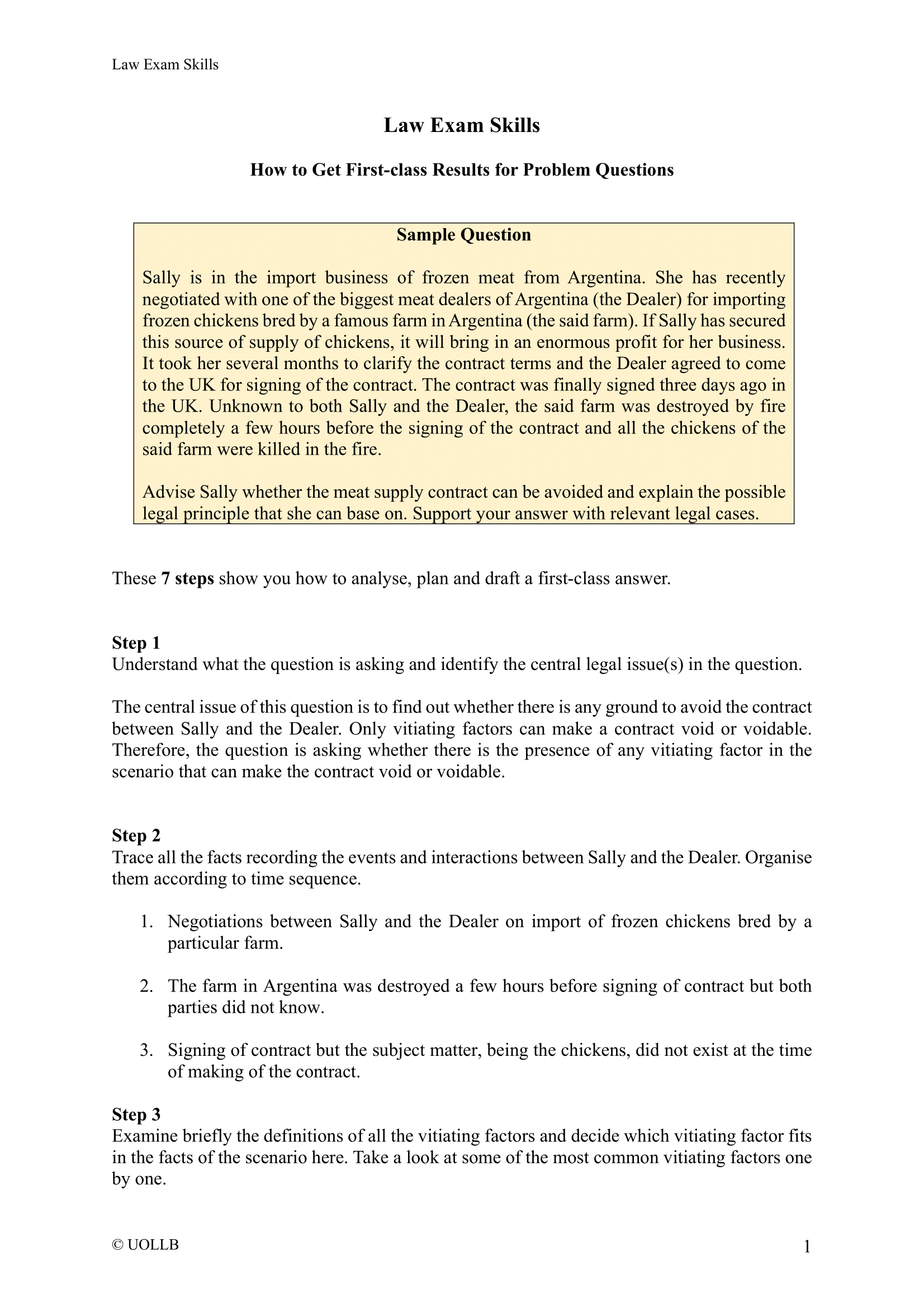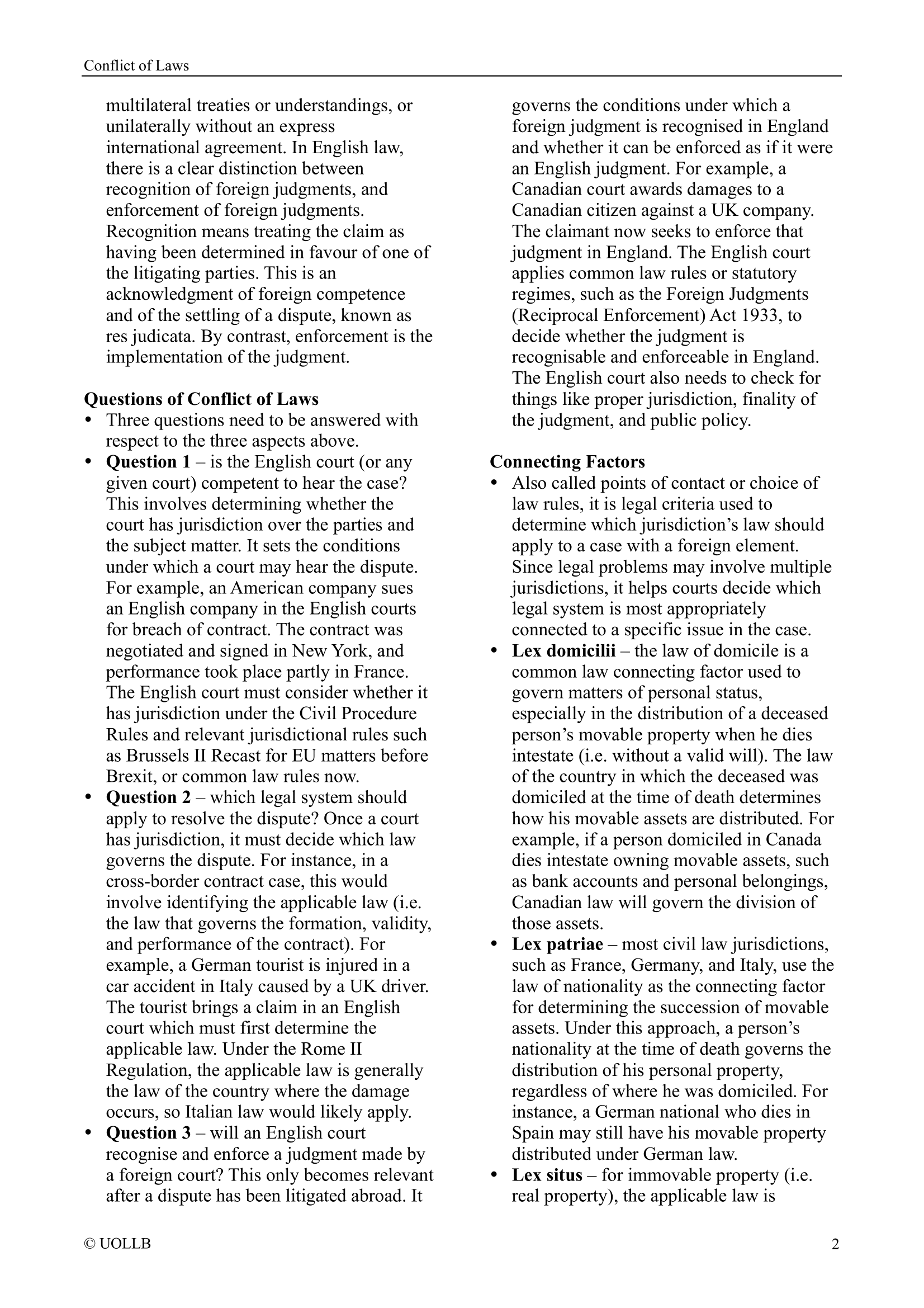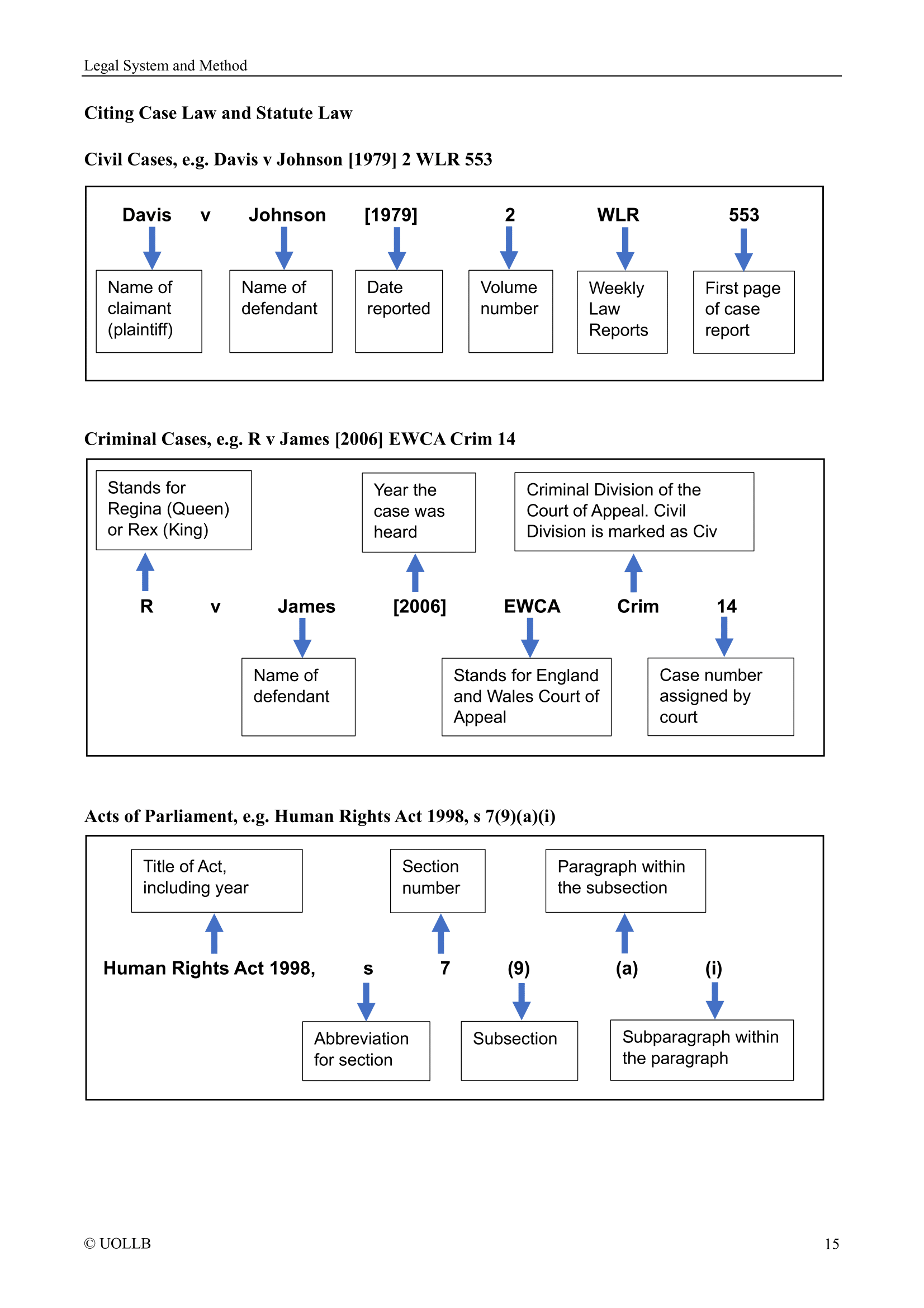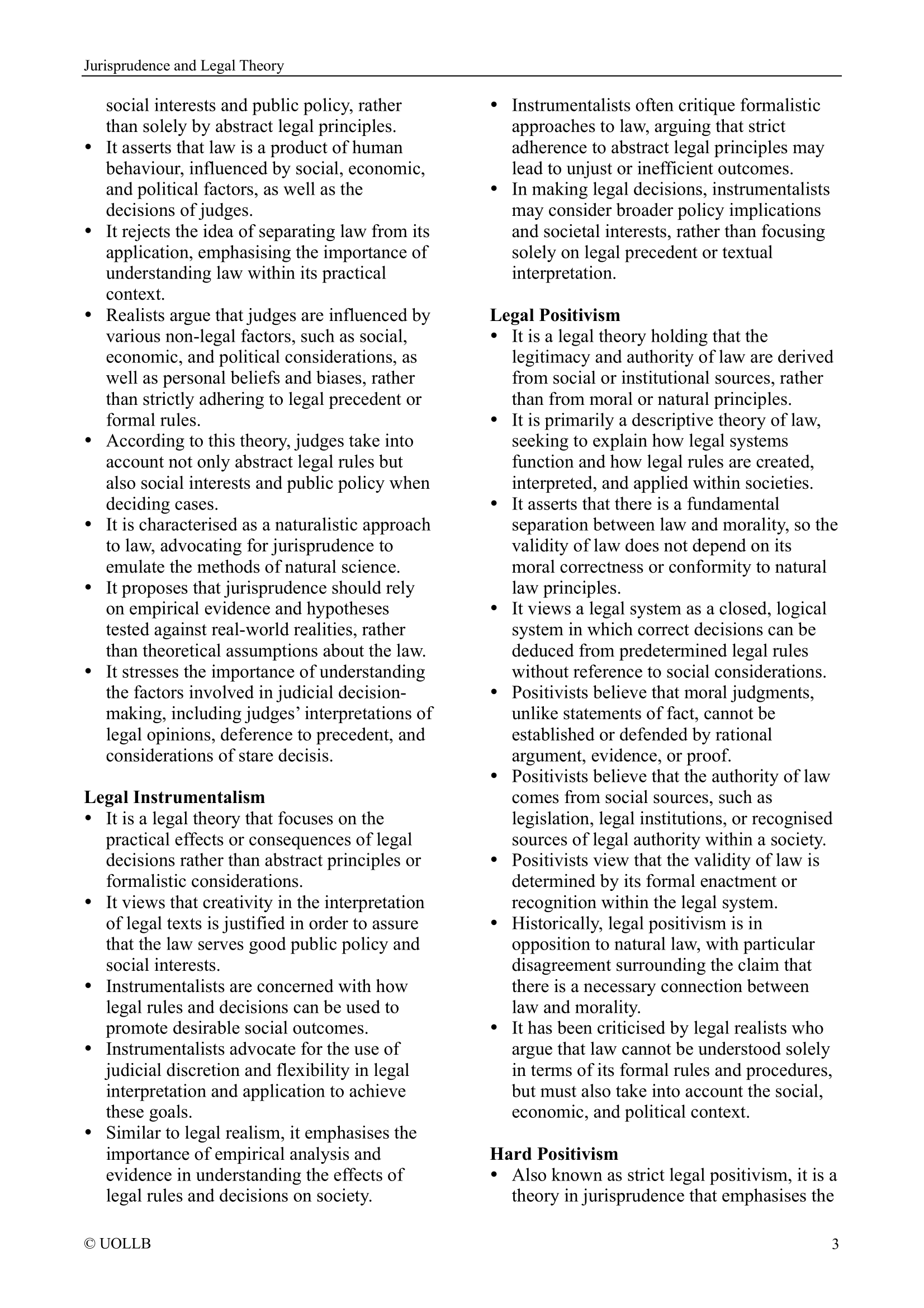Protecting Vulnerable Individuals from Forced Marriage
Share
Forced marriage is recognised in English law as a profound violation of individual autonomy, often linked to coercion, violence, and breaches of fundamental human rights. The legal response has developed incrementally, reflecting the state’s dual responsibility to protect vulnerable individuals and respect cultural diversity. The Forced Marriage (Civil Protection) Act 2007 (FMCPA), which inserted sections 63A–63S into the Family Law Act 1996 (FLA 1996), created a system of civil protection orders designed to prevent forced marriages and to safeguard victims. Later, the Anti-social Behaviour, Crime and Policing Act 2014 criminalised both the act of forcing someone into marriage (s.121) and breaching a Forced Marriage Protection Order (FMPO). This article critically evaluates the effectiveness of this combined civil–criminal framework. It argues that while the legislation represents a significant advance in recognising and addressing forced marriage, its effectiveness is undermined by limited enforcement, cultural sensitivities, and barriers to access for victims.
The civil law regime introduced by the FMCPA 2007 is often hailed as a flexible and victim-centred approach. An FMPO can be obtained in the Family Court to prevent a forced marriage from taking place or to protect someone already in a forced marriage. The orders are highly adaptable, capable of prohibiting specific behaviour (e.g., confiscating passports, restraining threats, or preventing removal from the jurisdiction). This flexibility was demonstrated in Re K (Forced Marriage: Passport Order) [2005] 1 FLR 741, decided under the inherent jurisdiction before the Act, and later codified in the statutory framework. The availability of FMPOs reflects a recognition that forced marriage is not confined to one-off events but may involve ongoing coercion and control.
A key strength of the civil scheme is its accessibility. Applications may be made not only by victims but also by “relevant third parties,” including local authorities, without the need for leave (s.63C). This provision ensures that public authorities can act proactively where individuals are too fearful to seek protection themselves. Furthermore, the standard of proof in civil proceedings (“balance of probabilities”) facilitates intervention at an early stage, before irreparable harm occurs. The statistics published by the Ministry of Justice indicate steady use of FMPOs, with hundreds granted annually, often preventing overseas removals or ensuring safe returns.
However, significant limitations undermine the practical effectiveness of FMPOs. Victims are frequently reluctant to apply for orders, fearing repercussions from family and community members. The reliance on self-reporting means many cases remain hidden. Studies by the Forced Marriage Unit (FMU) reveal that forced marriage is underreported, with many victims deterred by fears of dishonouring family or cultural ostracism. Moreover, the enforcement of FMPOs remains inconsistent. Although breach was made a criminal offence in 2014, victims may be reluctant to trigger criminal proceedings against their families. This tension between civil flexibility and criminal enforcement reflects a wider challenge in addressing culturally embedded practices: legal remedies exist, but they may not always be usable by those most at risk.
The criminalisation of forced marriage under the Anti-social Behaviour, Crime and Policing Act 2014 was intended to strengthen protection and act as a deterrent. Section 121 makes it an offence, punishable by up to seven years’ imprisonment, to force someone into marriage, including taking them overseas for that purpose. Breach of an FMPO is also criminalised (s.63CA FLA 1996). In principle, criminalisation signals the state’s strong condemnation of forced marriage, aligning domestic law with international obligations under the UN Convention on the Rights of the Child and the ECHR (particularly Articles 3 and 8).
Nevertheless, the effectiveness of criminalisation is contested. Prosecutions remain rare, with the CPS reporting only a handful of convictions since the offence’s introduction. This is partly because victims are often unwilling to support prosecution against family members, and partly because evidential thresholds are difficult to meet in cases involving closed family settings. Critics argue that criminalisation risks driving the practice further underground, increasing pressure on victims to remain silent. Moreover, the dual civil–criminal framework can create confusion: victims may be unsure whether seeking a civil FMPO could later result in criminal sanctions against their relatives, thereby deterring engagement.
Another dimension concerns the rights of the child. Many forced marriage cases involve young people under 18, and the FMCPA regime has been used to prevent removal abroad in cases such as Re SA (Vulnerable Adult with Capacity: Marriage) [2006] 1 FLR 867. While the family courts have emphasised welfare and autonomy, questions remain about the adequacy of protection where children are involved. The Marriage and Civil Partnership (Minimum Age) Act 2022, which raised the minimum marriage age to 18, closed a loophole that previously allowed marriage at 16 with parental consent, thereby aligning with international standards. This reform strengthens protection but also underscores the law’s historic delay in addressing vulnerabilities in child marriage contexts.
In terms of effectiveness, the FMCPA 2007 and subsequent criminal provisions must also be evaluated against broader social and cultural realities. Legal remedies, while symbolically powerful, cannot alone eradicate deeply entrenched practices tied to honour, gender norms, and community pressure. Academic commentators such as Gangoli and Chantler argue that the law risks individualising what are essentially systemic cultural issues, placing the burden of enforcement on vulnerable victims rather than tackling root causes through education, community engagement, and support services. The FMU’s work in outreach and awareness has been praised, but underfunding of specialist support groups limits the holistic effectiveness of the legal framework.
In conclusion, the combination of the FMCPA 2007 and criminal provisions under the 2014 Act represents a robust legal framework on paper, offering flexible civil protection and the backing of criminal sanctions. It has undoubtedly enhanced recognition of forced marriage as a violation of autonomy and human rights, and has saved victims from imminent harm. However, its practical effectiveness is constrained by underreporting, reluctance to criminalise family members, and the complexity of enforcement. The law remains a blunt instrument in addressing a practice rooted in cultural and familial dynamics. While abolition of these provisions would be unthinkable, genuine effectiveness requires supplementing legal remedies with greater investment in support services, education, and preventative measures. Without such integration, the promise of protection risks remaining only partially fulfilled.
